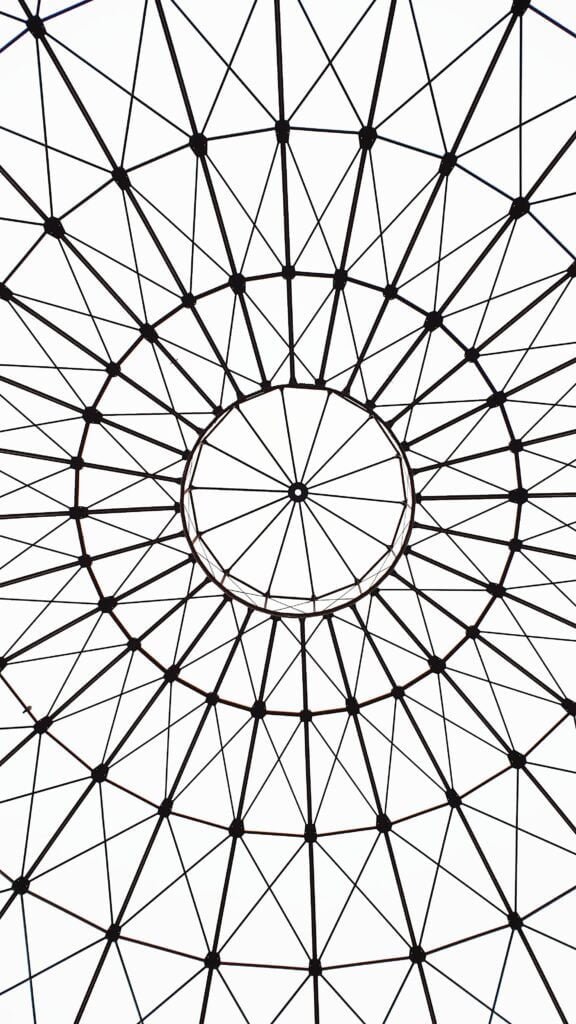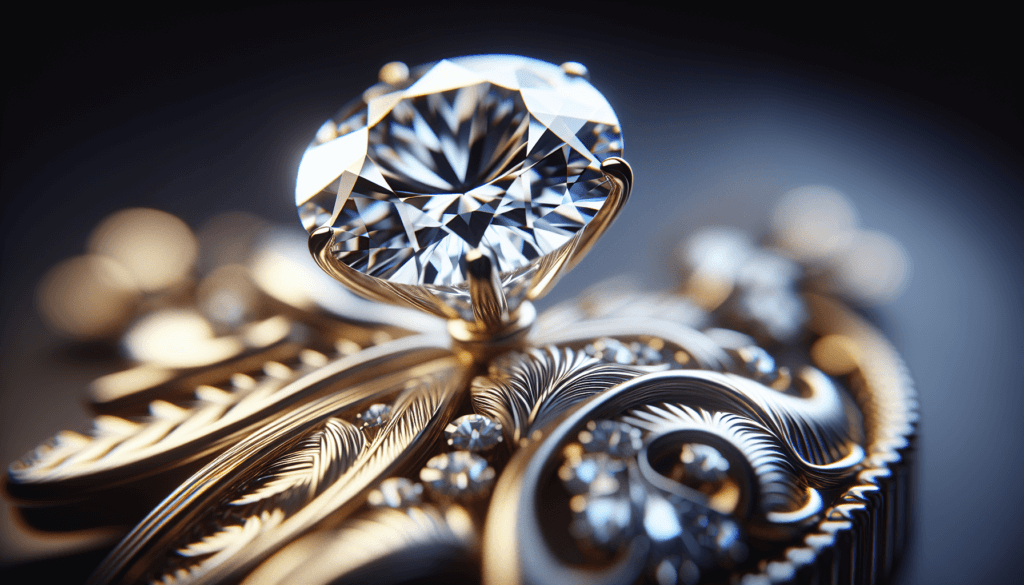Understanding the Size of a $20,000 Diamond
Understanding the Size of a $20,000 Diamond . So, you’re curious about the size of a $20,000 diamond, aren’t you? As you journey into the enchanting world of precious gems, prepare to unravel the captivating tale that links a diamond’s size and its monitory value. Explore the intricate details that contribute to a diamond’s worth and the market factors that influence its price.
Indeed, any discussion about the dimensions of a diamond cannot be separated from understanding its overall quality, rarity, and market demands. This is your chance to deepen your knowledge about these dazzling marvels of nature. Rest assured, by the time you finish reading the article “Understanding the Size of a $20,000 Diamond”, you’ll be one step closer to becoming a diamond connoisseur!

Understanding Diamond Pricing
Hey there! So you’re interested in the ins and outs of diamond pricing? You’ve come to the right place! Let’s begin by setting some context. Diamonds, these beautiful, sparkling gemstones we all admire so much, come at a price. And it’s not a matter of chances or dealer’s mood, rather it’s governed by some specific factors.
Factors Affecting Diamond Pricing
When it comes to understanding the factors affecting diamond pricing, think 4Cs: cut, color, clarity, and carat. These are the pillars that establish the worth of a diamond. From the shine of a perfectly cut diamond to the rare, mesmerizing colors, each of these characteristics play a crucial part in determining price.
Difference between Retail and Wholesale Diamond Pricing
Next up, retail and wholesale diamond pricing. In simple terms, wholesale diamonds are sold in large quantities to retailers who then sell the diamonds to the public. Because they’re bought in bulk, wholesalers can offer lower prices. But remember, buying at retail includes added value services such as warranties, return policies, and customer service.
Demystifying the Price-per-Carat Metric
You might have heard of price-per-carat or PPC. It’s the price you pay for each carat of the diamond. A key point to note here: the PPC increases with the size of the diamond. That means all things being equal, a two-carat diamond costs more than two one-carat diamonds.
Impact of the 4Cs on Diamond Price
It’s important to know that the 4Cs (Cut, Carat, Clarity, and Color) significantly impact the price of a diamond. Each carries a unique weight in the overall valuation, so let’s go ahead and delve into those.
Importance of Cut in Diamond Pricing
The manner in which a diamond is cut plays a really vital role in determining the price. The better the cut, the greater the sparkle! Highly skilled labor and precision is needed to achieve perfect cuts, this can add value but definitely enhances the diamond’s brilliance.
Influence of Carat on Diamond Pricing
Let’s not forget carat! The weight of a diamond is measured in carats. Now here’s the catch, the price doesn’t increase linearly with weight. A 2-carat diamond will always be more expensive than two 1-carat diamonds of the same quality.
How Clarity Affects Diamond Pricing
Clarity refers to the presence of any internal or external flaws, known as inclusions and blemishes, respectively. Flawless diamonds (no inclusions or blemishes visible under 10x magnification) are quite rare and highly prized, which proportionally impacts their price.
Significance of Color in Diamond Pricing
For white diamonds, the less color, the higher the price. They’re graded on a scale from D (colorless) to Z (light yellow or brown). Fancy colored diamonds like blues, reds and yellows, on the other hand, are priced on their intensity and attractiveness of color.

Weight vs. Size: A Common Misconception
At this point, it’s crucial to clarify a common misunderstanding. Weight and size aren’t the same when it comes to diamonds. Let’s put things into perspective.
Understanding Diamond Carat as a Weight Measure
The term carat refers to the diamond’s actual weight, and not its size. Think of it like two people who weigh the same but have different heights and body structures. So, a more massive diamond isn’t necessarily larger visually.
Role of Cut in Determining the Apparent Size of the Diamond
A deeply cut diamond can appear smaller than a shallow cut diamond, even if they are the same carat weight. Why? Because in deep-cut diamonds, some part of the weight is hidden in the depth, reducing its visible size.
Why Bigger is not Always Better
Remember, the carat weight is just one aspect of a diamond. Bigger is not always better. A larger diamond with poor cut, clarity, or color may not be as valued or as beautiful as a smaller stone with higher quality in these aspects.
Applying the 4Cs to a $20,000 Diamond
Now, let’s apply the 4Cs to a particular price point, say, $20,000. This will give you an estimation about the quality and size you can expect at this price. A Diamond’s Reflection of Christmas in London A Festive Elegance Review
Estimating the Carat Size for a $20,000 Diamond
You may find diamonds ranging between 1-2 carats for $20,000. However, this varies greatly depending on the other 3Cs.
Potential Range of Clarity Grades in a $20,000 Diamond
When it comes to clarity, you would typically find VS1 (very slightly included) to VVS1 (very, very slightly included) in this price range.
Speculating the Color Ratings of a $20,000 Diamond
As for color, you might find a $20,000 diamond in the G-J range on the Gemological Institute of America (GIA) scale, which is the near colorless to faint color category. https://www.gia.edu/gia-bangkok
Expected Quality of Cut in a $20,000 Diamond
When talking about the cut in this price range, mostly, you’ll come across diamonds that are graded ‘Very Good’ to ‘Excellent’ on the GIA cut scale.

Common Variations in Buying a $20,000 Diamond
Remember, diamond buying isn’t a rigid process; there are innumerable combinations that you can choose from which match your preferences.
Choosing Higher Carat but Lower Clarity
For example, if size matters more to you than the minor imperfections, you may choose a larger carat size with a lower clarity grade.
Investing More on Cut and Color than Carat
Or if you’re someone who values brilliance and perceivable factors more, you might want to invest in excellent cut and higher color grades than the carat size.
Uncommon Variations and Their Potential Value
And then there are other aspects like symmetry, fluorescence and even branded cuts, which you can play around with and can significantly impact the price while offering unique value.
Shape and Size Differentiation in Diamonds
The shape of a diamond can influence both the perception of size and its actual measurements.
How Shapes Affect the Perception of Diamond Size
Certain shapes like marquise, oval, or pear may appear larger than they actually are because of their elongated shape. This can be a savvy trick to increase perceived size without spending too much!
Most Common Sizes for Different Diamond Shapes Worth $20,000
The sizes for the different shapes of diamonds worth $20k vary, for example, for a round cut, you can expect around 1.5 carats, but for a marquise or oval cut, you might get a 2-carat diamond for the same price.
Unusual Diamond Shapes and Their Sizes in $20,000 Category
Similarly, more unusual shapes such as the heart or the Asscher cut might offer unique sizes in this price range. These are rarer and hence can make your diamond a true standout.

Effects of Settings on Diamond Size
The setting you choose for a diamond can impact its perceived size, as well as its overall style and look.
How Different Settings Can Make a Diamond Appear Larger
Settings like the bezel or halo can make your diamond appear more significant than it is. So, remember, a clever choice of setting can enhance your diamond’s beauty, especially if you are on a budget.
Considerations When Choosing a Setting for a $20,000 Diamond
When it comes to choosing a setting for a $20k diamond, consider the style, your lifestyle, and the protection it gives to your diamond.
Case Studies: From Specs to Reality
By comparing two similar priced diamonds with different specifications, you can see how the 4Cs affect prices and appearances in real situations.
Practical Case Study: Comparing Two Diamonds Priced at $20,000
For instance, let’s take two diamonds, both priced at $20k. The first diamond, despite being a larger size (more carats), can look comparatively smaller and less brilliant if it is deeply cut or of lower color grade. On the other hand, a smaller but very well-cut diamond can appear larger and more scintillating.
Understanding Size Differences Through Comparative Study
These kind of comparisons can help you understand that a diamond’s perceived size and brilliance aren’t just about carat weight. Other factors like cut and color play a significant role too.

Tips for Buying a $20,000 Diamond
Now that we’ve taken this journey together let’s consolidate some tips for when you choose to buy a $20k diamond.
Emphasizing on Cut for Brilliance despite Size
Remember, it’s entirely okay to go with a slightly smaller size but with a better cut grade, because cut significantly influences the sparkle of a diamond.
Maximizing Size and Impact within Your Budget
But, if size is more important, consider shapes like oval or marquise that maximize the surface area. Also, a clever choice of setting can significantly increase the perceived size.
The Advantage of Seeking Expert Guidance When Buying Diamonds
Don’t hesitate to seek expert guidance. Buying a diamond is a significant investment, emotionally, and financially. An expert could help you navigate through your own preferences and these complex attributes.
Concluding Thoughts on $20,000 Diamond Sizes
Alright! So, by now you should have a much clearer idea about what to expect when buying a $20,000 diamond.
Synthesis of Factors Impacting Diamond Size
Remember, the size of your diamond is impacted by various factors, including its weight, cut, shape, and even its setting. And often, these factors are tightly linked together. For instance, a wisely chosen cut and shape can make your diamond look more outstanding than its actual carat weight might suggest.
Importance of Personal Preferences in the Final Decision
And last but not least, always remember that what truly matters is what speaks to your heart. After all, a diamond is not just a purchase, it’s a testament to your love and commitment. So go for whatever feels right to you. Happy diamond hunting!



